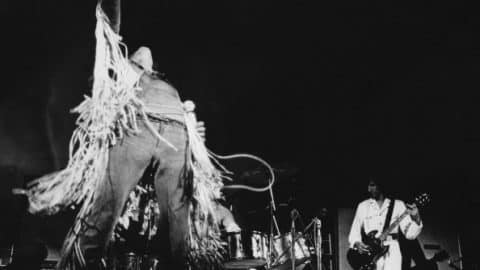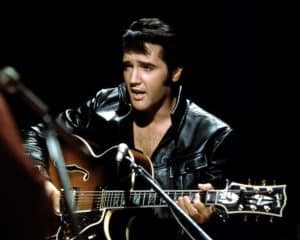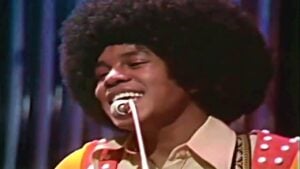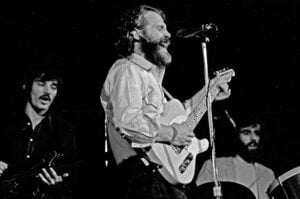10 Interesting Facts And Events In Rock N’ Roll In 1969

Singer Roger Daltrey and guitarist Pete Townshend of British rock band The Who on stage during a live concert performance at the Woodstock Festival in White Lake, New York, USA, 16 August 1969. (Photo by Archive Photos/Getty Images)
Music has an incredible ability to make us nostalgic for times we’ve never lived. Through its timeless charm, music transports us to different eras, evoking emotions and memories that feel real. One such remarkable year is 1969, a pinnacle of musical excellence. Let’s look into some of the most iconic moments and albums that defined this legendary year.
Woodstock
Woodstock, held in Bethel, New York, remains the most iconic music festival in history. Drawing nearly half a million people, it was a mix of mud, peace, and unforgettable performances. Artists like Santana, Joe Cocker, The Who, Jefferson Airplane, Neil Young, Jimi Hendrix, Creedence Clearwater Revival, Janis Joplin, and Sly and the Family Stone gave legendary performances that epitomized the spirit of the ’60s – a blend of social commitment, psychedelia, and groundbreaking music.
The Beatles – Abbey Road
In 1969, The Beatles released Abbey Road, their final studio album, though Let It Be followed a year later with earlier recordings. Abbey Road is a joyous farewell, showcasing the individual talents of each member of the Liverpool quartet. Its cover, featuring the band crossing a zebra crossing, remains one of the most iconic images in music history.
Santana’s Debut Album
Santana’s self-titled debut album, also released in 1969, was instrumental in catapulting the band to fame, particularly following their electrifying performance at Woodstock. The album features a vibrant mix of percussion, timpani, and blues riffs across nine tracks, cementing Carlos Santana’s status as a guitar legend.
Led Zeppelin’s Second Album
Led Zeppelin II is renowned for its powerful opening track, “Whole Lotta Love,” with its iconic riff. The album blends hard blues rock with acoustic elements, featuring classic tracks like “Moby Dick,” “Ramble On,” “The Lemon Song,” and “Heartbreaker,” representing a peak in the band’s illustrious career.
Frank Zappa – Hot Rats
Frank Zappa’s Hot Rats, his second solo album released in 1969, is a masterpiece of progressive rock with jazz influences. The album comprises six intricate tracks, with “Peaches en Regalia” standing out as a luxurious opening piece, showcasing Zappa’s genius.
The Rolling Stones – Let It Bleed
The Rolling Stones’ Let It Bleed, their eighth studio album, is often considered their best. Released in 1969, the album gained an extra layer of mystique due to the death of band member Brian Jones during its recording, adding to its legendary status.
The Who – Tommy
The Who’s Tommy is a double album rock opera that showcases Pete Townshend’s compositional brilliance. Released in 1969, this progressive rock epic tells the story of Tommy, a boy navigating personal drama, drug use, and a pinball addiction, making for a complex and fascinating narrative.
King Crimson – In the Court of the Crimson King
King Crimson’s In the Court of the Crimson King is a cornerstone of progressive rock. Released in 1969, it combines elements of jazz and classical music, featuring rich instrumentation and intricate soundscapes that have influenced countless artists.
The Velvet Underground – The Velvet Underground
The Velvet Underground’s self-titled album, released in 1969, came after the departure of John Cale. Lou Reed led the band towards a more spiritual and straightforward compositional style, showcasing his immense talent across ten tracks.
The Stooges – The Stooges
The Stooges, fronted by Iggy Pop, made their explosive debut in 1969 with their self-titled album. Produced by John Cale, the album laid the groundwork for proto-punk, capturing the raw energy and rebellion of a generation in tracks like “I Wanna Be Your Dog.”






















